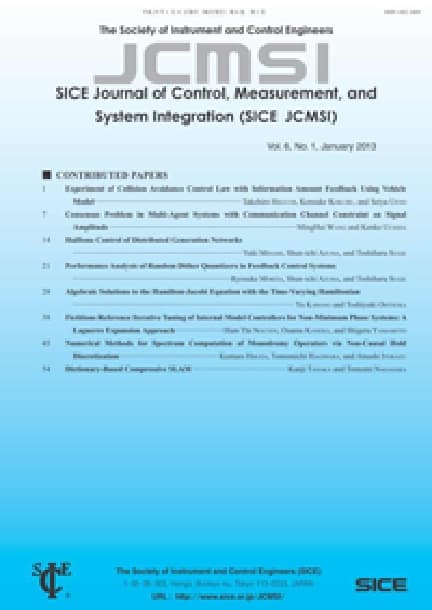Study on Efficiency of Evacuation with an Obstacle on Hexagonal Cell Space
Daichi YANAGISAWA, Ryosuke NISHI, Akiyasu TOMOEDA, Kazumichi OHTSUKA, Ayako KIMURA, Yushi SUMA, Katsuhiro NISHINARI
pp. 395-401
DOI:
10.9746/jcmsi.3.395抄録
The authors of this paper have found that putting an obstacle in front of an exit in a congested situation increases the pedestrian outflow, which is the number of pedestrians going through an exit with a unit width in a unit time, from their experiments. In this paper, the effects of conflicts and turning, which affect the pedestrian outflow significantly, are introduced by the frictional and turning functions to analyze the effect of an obstacle. They clearly explain the mechanism of the effect of an obstacle, i.e., it blocks a pedestrian moving to the exit and decreases the average number of pedestrians involved in the conflict. The authors have also studied when an obstacle contributes to ease the congestion most effectively. The results of their simulation indicate that its maximum efficacy is achieved at the point where the cluster of pedestrians is started to form. The mean traveling time of pedestrians becomes a quarter if an obstacle is set up since it prevents the formation of the cluster against increase of the inflow by reducing the impact of conflicts.









